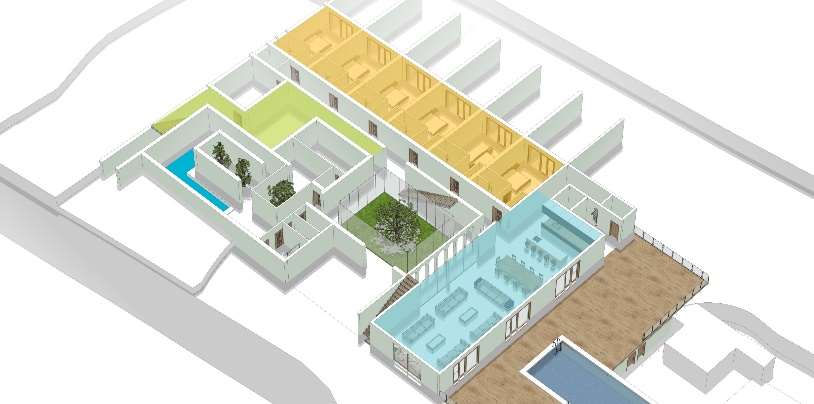Architectural planning
It's advisable to consult an architect before selecting your land and involve them in your budgeting process.
Typically, an architect's work begins once the site, building type, and budget are defined. However, engaging them earlier ensures better integration of these factors from the start.
The site involves the varying behaviour of the natural environment that must be adjusted to the unvarying physical needs of human beings; the type is the generalized form established by society that must be adjusted to the special use for which the building is required; the cost implies the economics of land, labour, and materials that must be adjusted to suit a particular sum.
Thus, planning is the process of particularizing and, ultimately, of harmonizing the demands of environment, use, and economy. This process has a cultural as well as a utilitarian value, for in creating a plan for any social activity the architect inevitably influences the way in which that activity is performed.
Planning the environment
The natural environment is at once a hindrance and a help, and the architect seeks both to invite its aid and to repel its attacks. To make buildings habitable and comfortable, he must control the effects of heat, cold, light, air, moisture, and dryness and foresee destructive potentialities such as fire, earthquake, flood, and disease.
The methods of controlling the environment considered here are only the practical aspects of planning. They are treated by the architect within the context of the expressive aspects. The placement and form of buildings in relation to their sites, the distribution of spaces within buildings, and other planning devices discussed below are fundamental elements in the aesthetics of architecture.
Orientation
At Maken, we believe there is no such thing as a "good" or "bad" orientation. The sun follows a predictable path, shining more directly on southern exposures, while northern ones receive less sunlight. This path is well-known and consistent, both in summer and winter. This allows architecture to adapt: in winter, when the sun is lower, buildings can capture its warmth, while in summer, when the sun is higher, they are naturally shielded from its intense rays, as the sunlight enters covered spaces with more difficulty. Inside buildings, the orientation and layout of each space determine the amount of sunlight it receives throughout the day. The correct orientation also controls airflow, reducing the negative impacts of wind, rain, and snow, as prevailing weather patterns are predictable in most climates. The surrounding environment also plays a significant role: trees, terrain, and other buildings create shade, modify wind patterns, and bodies of water produce moisture and reflect sunlight.


